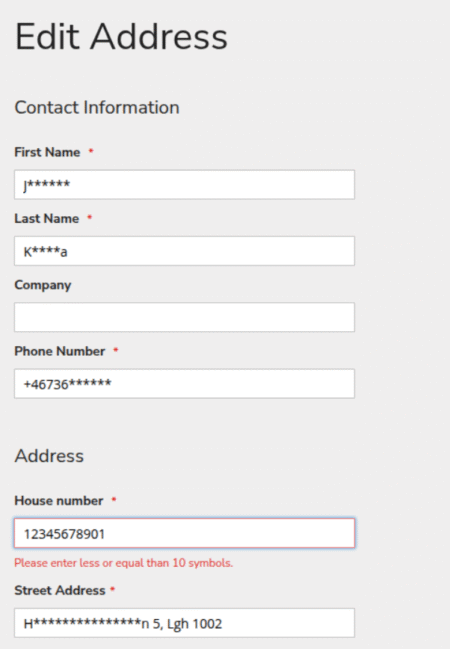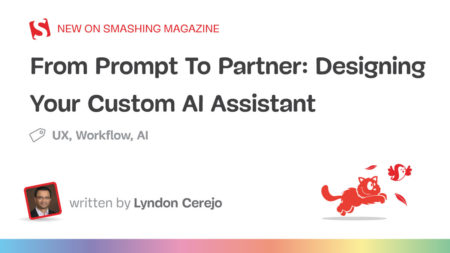I’ve been on-call during outages that ruined weekends, sat through postmortems that felt like therapy, and seen cases where a single log line would have saved six hours of debugging. These experiences are not edge cases; they’re the norm in modern production systems.
We’ve come a long way since Google’s Site Reliability Engineering book reframed uptime as an engineering discipline. Error budgets, observability, and automation have made building and running software far more sane.
But here’s the uncomfortable truth: Most production systems are still fundamentally reactive. We detect after the fact. We respond too slowly. We scatter context across tools and people.
We’re overdue for a shift.
Production systems should:
- Tell us when something’s wrong
- Explain it
- Learn from it
- And help us fix it.
The next era of reliability engineering is what I call “Vibe Loop.” It’s a tight, AI-native feedback cycle of writing code, observing it in production, learning from it, and improving it fast.
Developers are already “vibe coding,” or enlisting a copilot to help shape code collaboratively. “Vibe ops” extends the same concept to DevOps.
Vibe Loop also extends the same concept to production reliability engineering to close the loop from incident to insight to improvement without requiring five dashboards.
It’s not a tool, but a new model for working with production systems, one where:
- Instrumentation is generated with code
- Observability improves as incidents happen
- Blind spots are surfaced and resolved automatically
- Telemetry becomes adaptive, focusing on signal, not noise
- Postmortems aren’t artifacts but inputs to learning systems
Step 1: Prompt your AI CodeGen Tool to Instrument
With tools like Cursor and Copilot, code doesn’t need to be born blind. You can — and should — prompt your copilot to instrument as you build. For example:
- “Write this handler and include OpenTelemetry spans for each major step.”
- “Track retries and log external API status codes.”
- “Emit counters for cache hits and DB fallbacks.”
The goal is Observability-by-default.
OpenTelemetry makes this possible. It’s the de facto standard for structured, vendor-agnostic instrumentation. If you’re not using it, start now. You’ll want to feed your future debugging loops with rich, standardized data.
Step 2: Add the Model Context Layer
Raw telemetry is not enough. AI tools need context, not just data. That’s where the Model Context Protocol (MCP) comes in. It’s a proposed standard for sharing information across AI models to improve performance and consistency across different applications.
Think of MCP as the glue between your code, infrastructure, and observability. Use it to answer questions like:
- What services exist?
- What changed recently?
- Who owns what?
- What’s been alerting?
- What failed before, and how was it fixed?
The MCP server presents this in a structured, queryable way.
When something breaks, you can ask:
- “Why is checkout latency up?”
- “Has this failure pattern happened before?”
- “What did we learn from incident 112?”
You’ll get more than just charts; you’ll get reasoning involving past incidents, correlated spans, and recent deployment differentials. It’s the kind of context your best engineers would bring, but instantly available.
It’s expected that most systems will soon support MCP, making it similar to an API. Your AI agent can use it to gather context across multiple tools and reason about what they learn.
Step 3: Close the Observability Feedback Loop
Here’s where vibe loop gets powerful: AI doesn’t just help you understand production; it helps you evolve it.
It can alert you to blind spots and offer corrective actions:
- “You’re catching and retrying 502s here, but not logging the response.”
- “This span is missing key attributes. Want to annotate it?”
- “This error path has never been traced — want me to add instrumentation?”
It helps you trim the fat:
- “This log line has been emitted 5M times this month, never queried. Drop it?”
- “These traces are sampled but unused. Reduce cardinality?”
- “These alerts fire frequently but are never actionable. Want to suppress?”
You’re no longer chasing every trace; you’re curating telemetry with intent.
Observability is no longer reactionary but adaptive.
From Incident to Insight to Code Change
What makes vibe loop different from traditional SRE workflows is speed and continuity. You’re not just firefighting and then writing a document. You’re tightening the loop:
- An incident happens
- AI investigates, correlates, and surfaces potential root causes
- It recalls past similar events and their resolutions
- It proposes instrumentation or mitigation changes
- It helps you implement those changes in code immediately
The system actually helps you investigate incidents and write better code after every failure.
What This Looks Like Day-to-Day
If you’re a developer, here’s what this might look like:
- You prompt AI to write a service and instrument itself.
- A week later, a spike in latency hits production.
- You prompt, “Why did the 95th percentile latency jump in EU after 10 am”?
- AI answers, “Deploy at 09:45, added a retry loop. Downstream service B is rate-limiting.”
- You agree with the hypothesis and take action.
- AI suggests you close the loop: “Want to log headers and reduce retries?”
- You say yes. It generates the pull request.
- You merge, deploy, and resolve.
No Jira ticket. No handoff. No forgetting.
That’s vibe loop.
Final Thought: Site Reliability Taught Us What to Aim For. Vibe Loop Gets There.
Vibe loop isn’t a single AI agent but a network of agents that get specific, repeatable tasks done. They suggest hypotheses with greater accuracy over time. They won’t replace engineers but will empower the average engineer to operate at an expert level.
It’s not perfect, but for the first time, our tools are catching up to the complexity of the systems we run.
The post Vibe Loop: AI-native reliability engineering for the real world appeared first on SD Times.
Source: Read MoreÂ


1 Comment
I¦ve been exploring for a little bit for any high-quality articles or blog posts in this sort of house . Exploring in Yahoo I at last stumbled upon this web site. Studying this information So i¦m happy to express that I have a very excellent uncanny feeling I came upon exactly what I needed. I such a lot without a doubt will make sure to don¦t put out of your mind this website and provides it a look regularly.